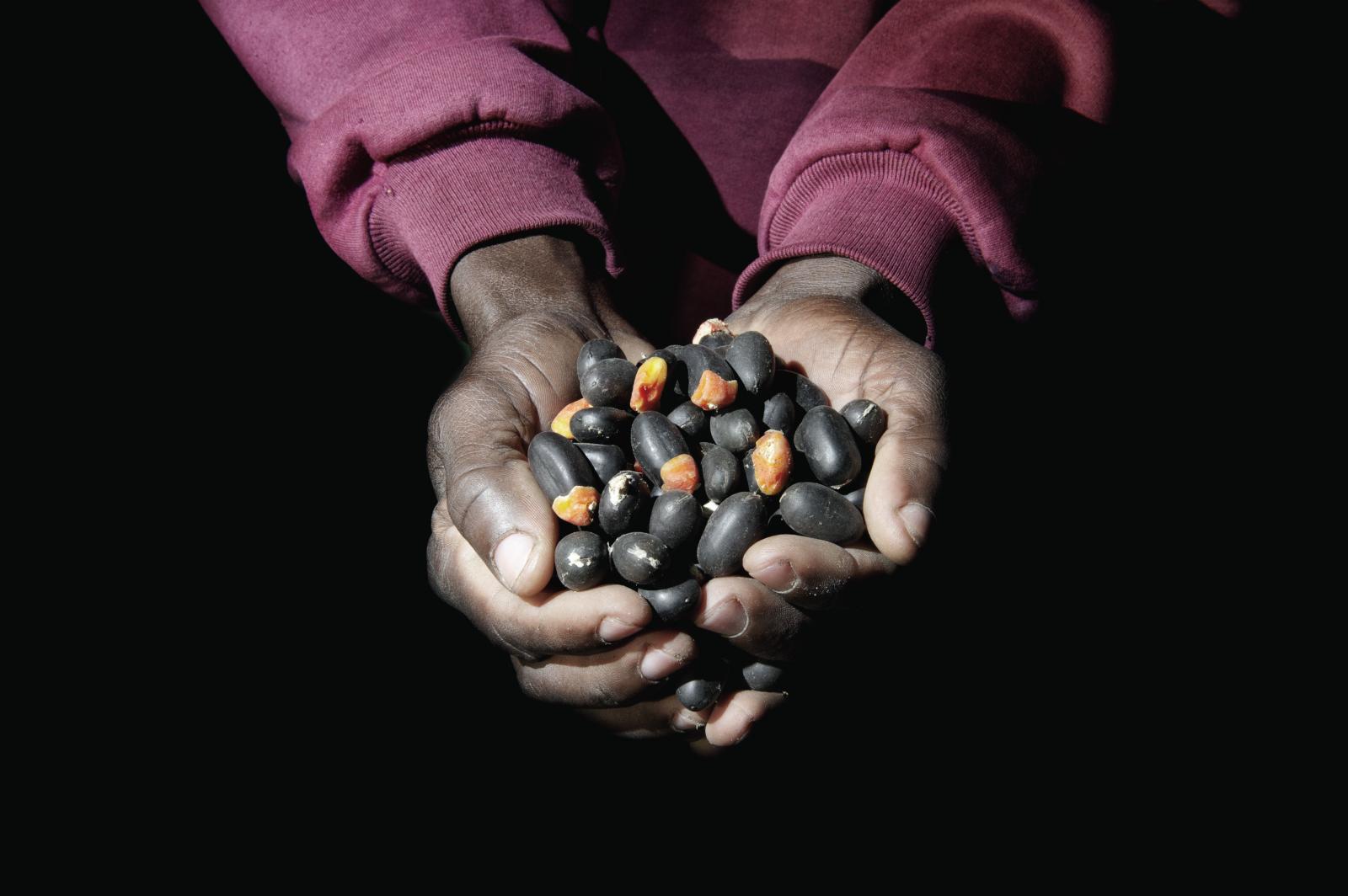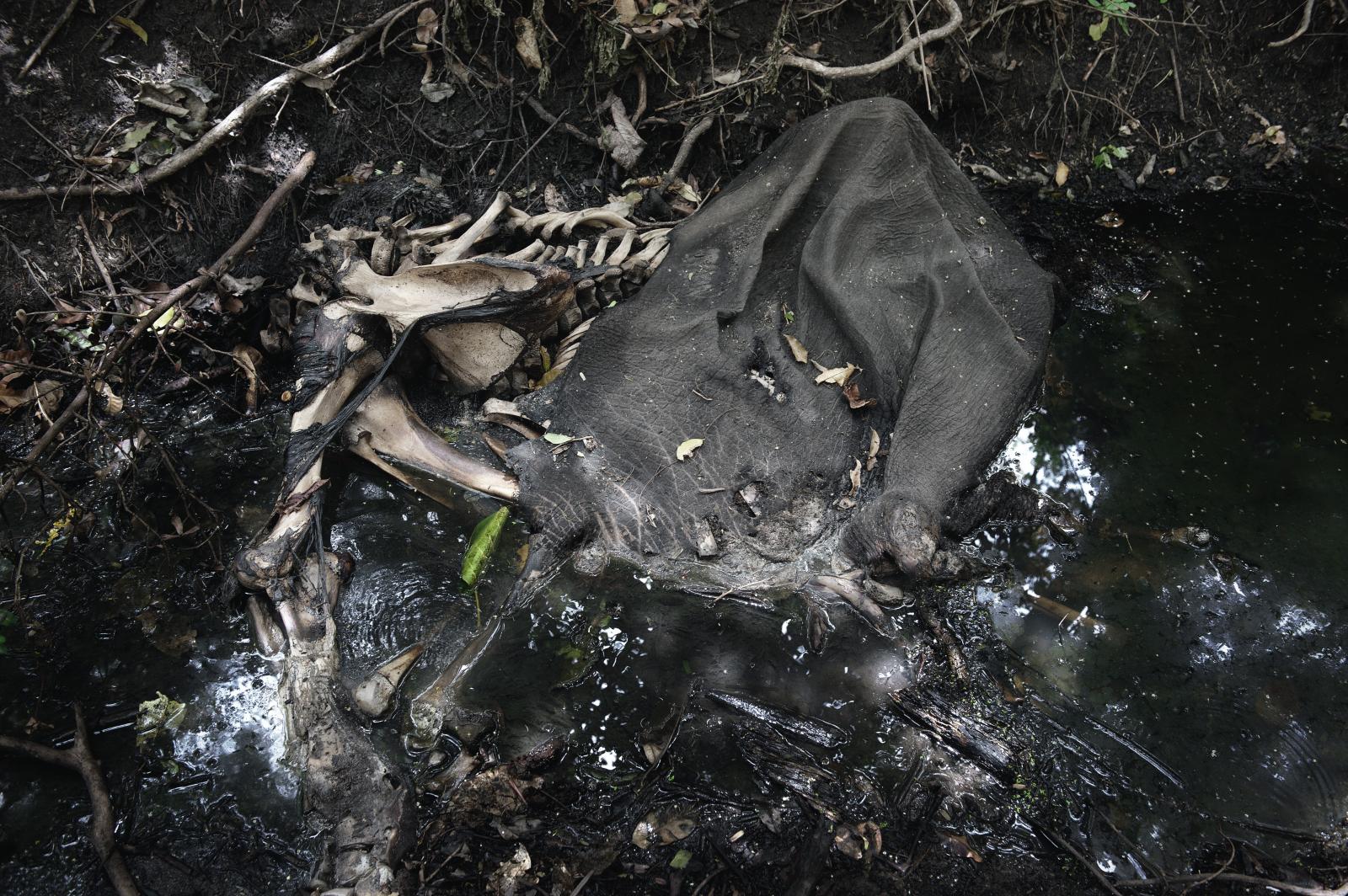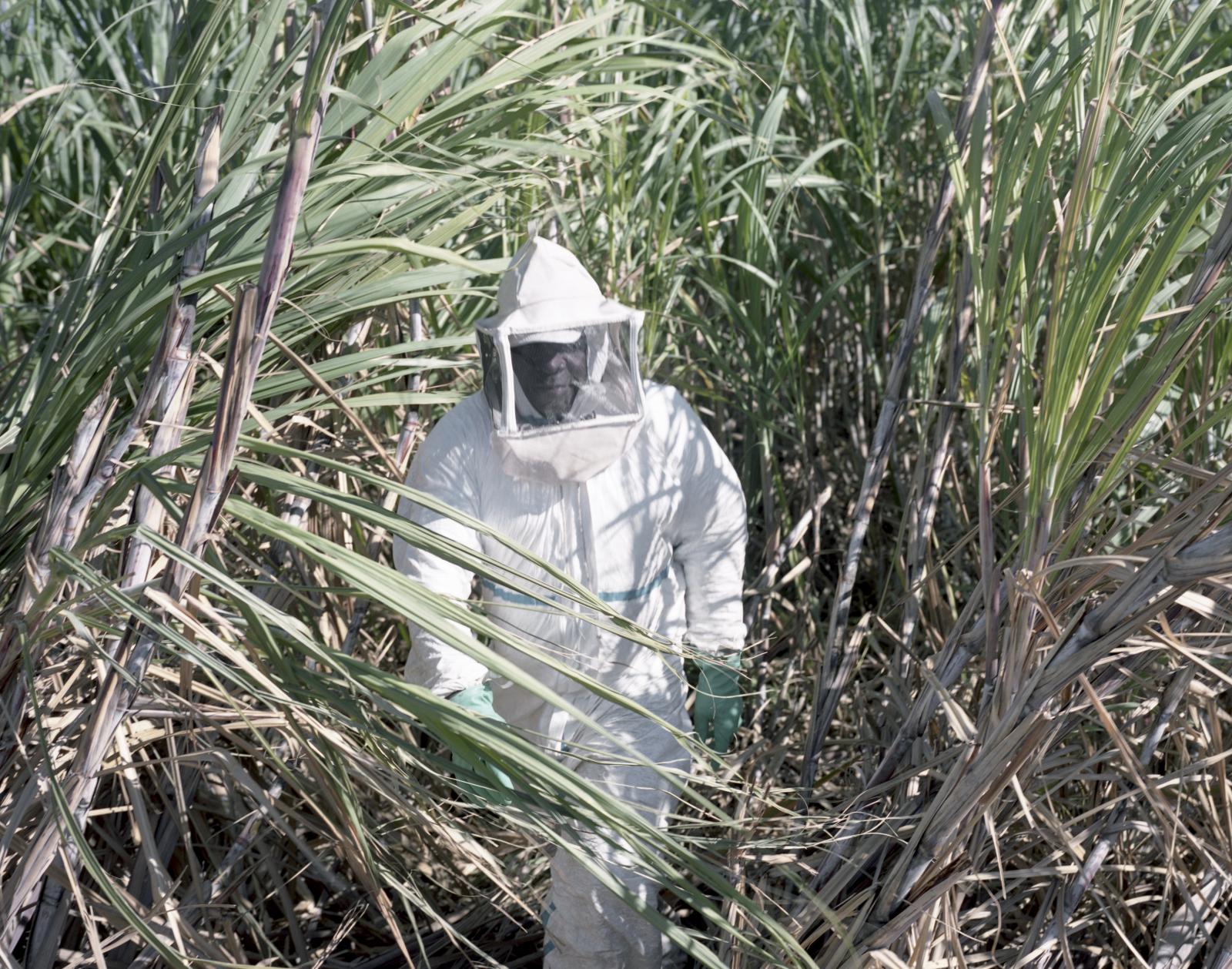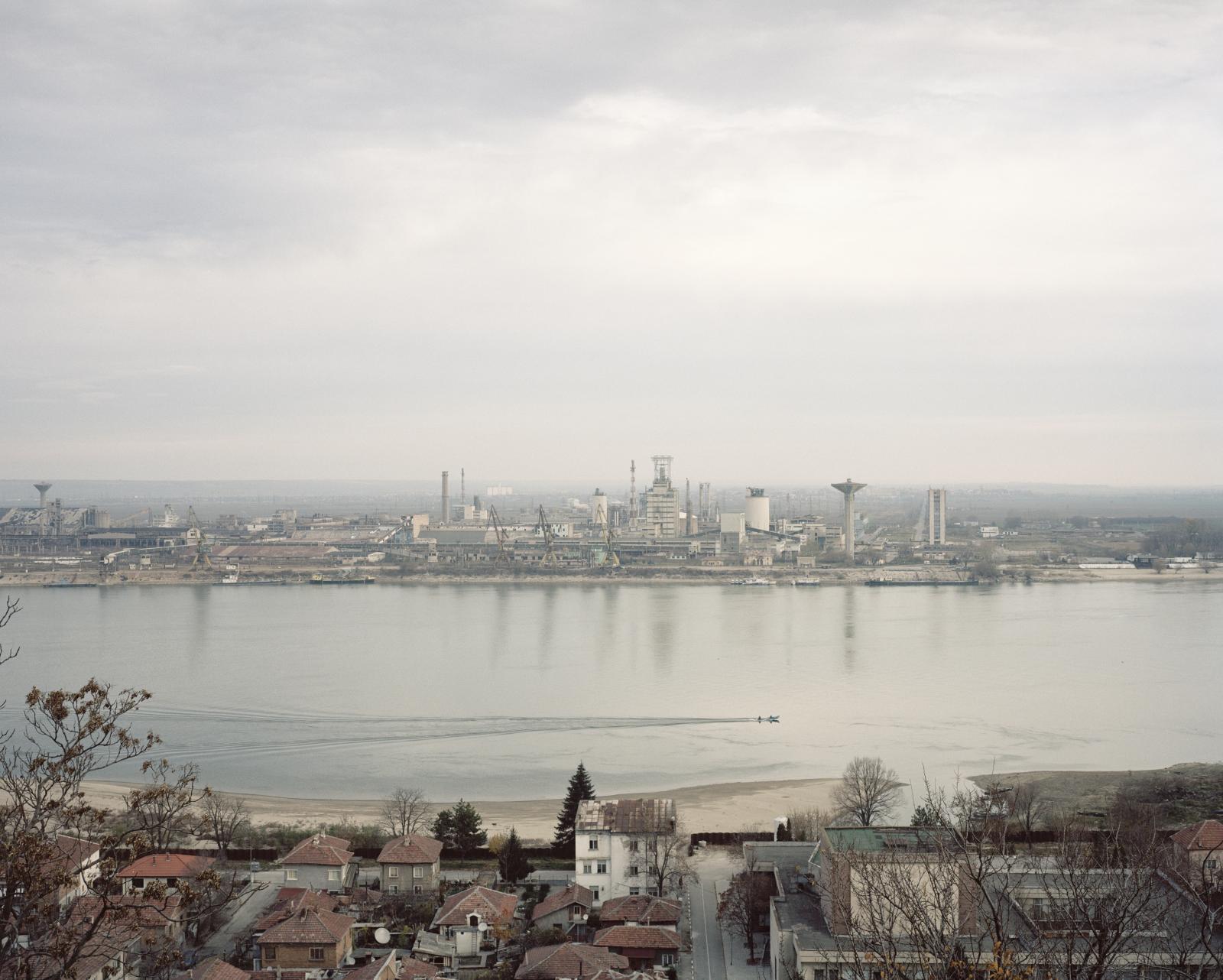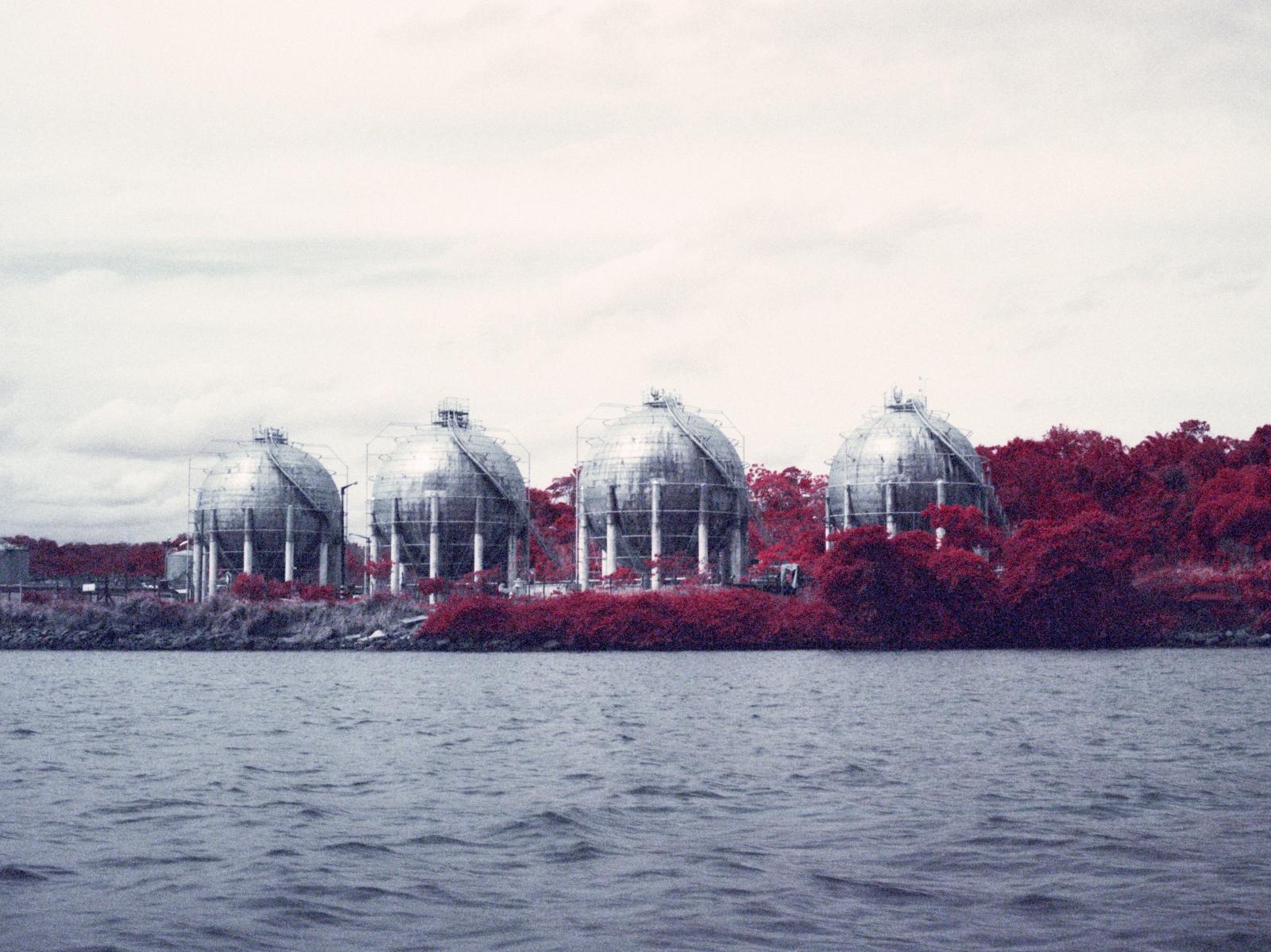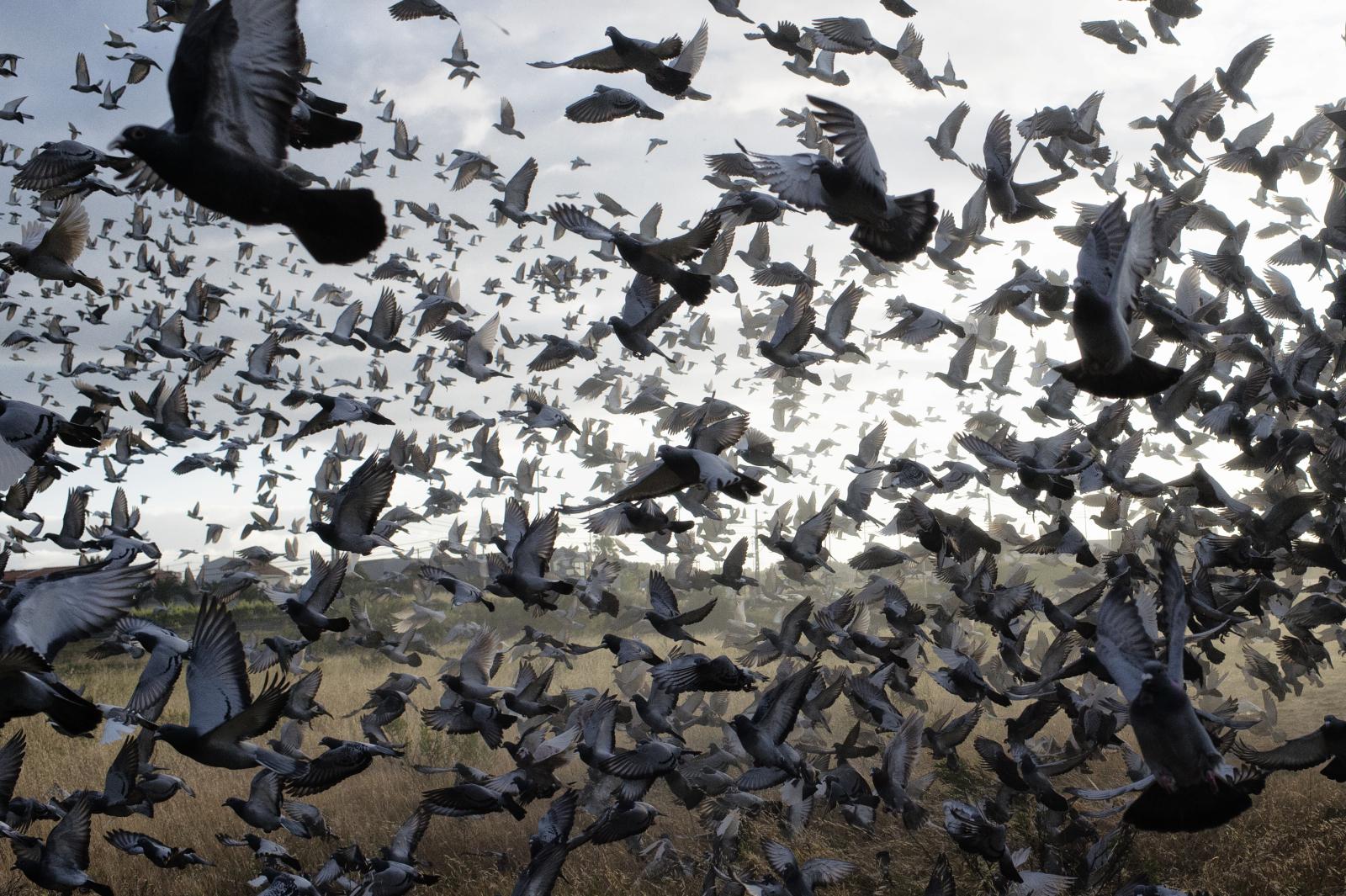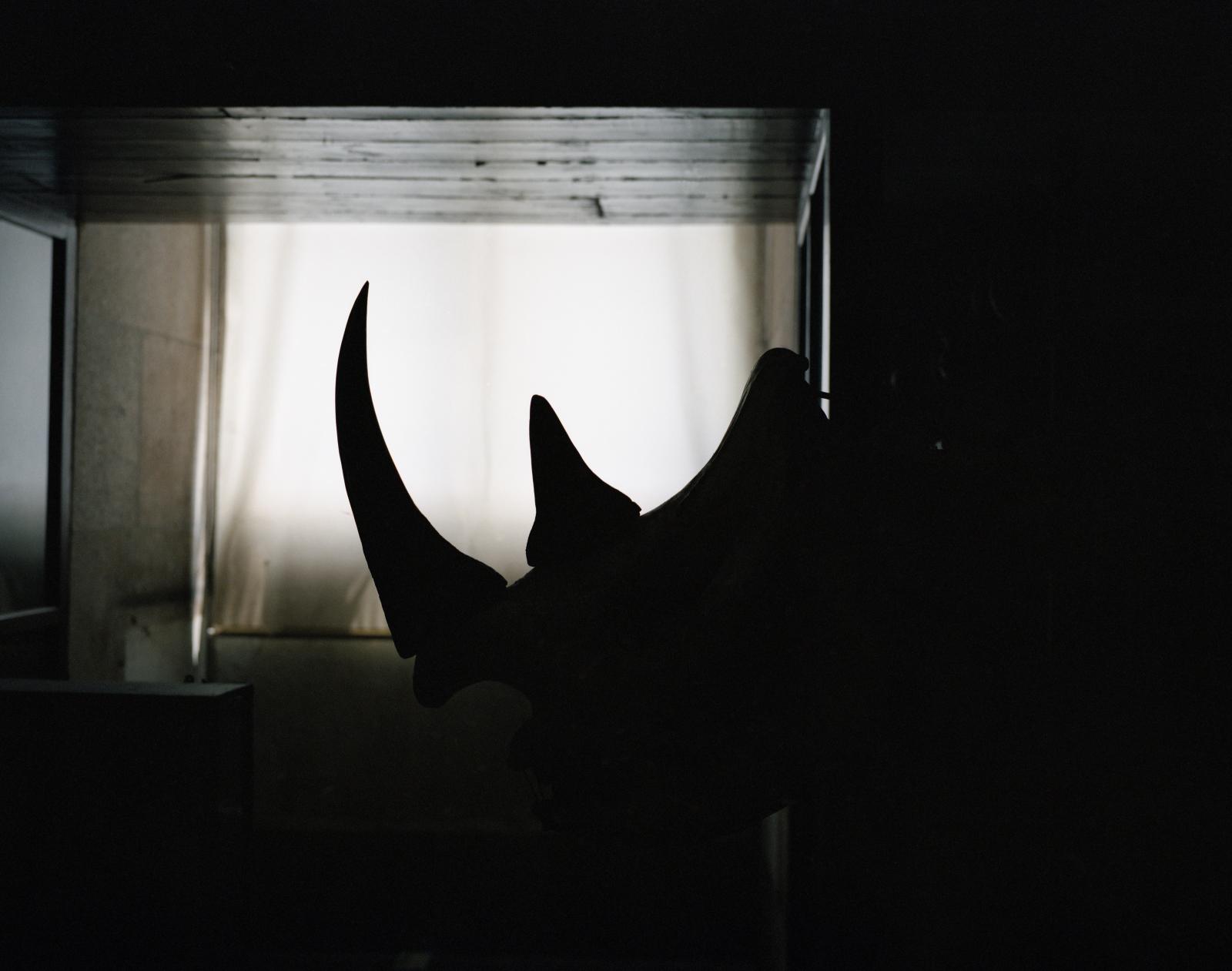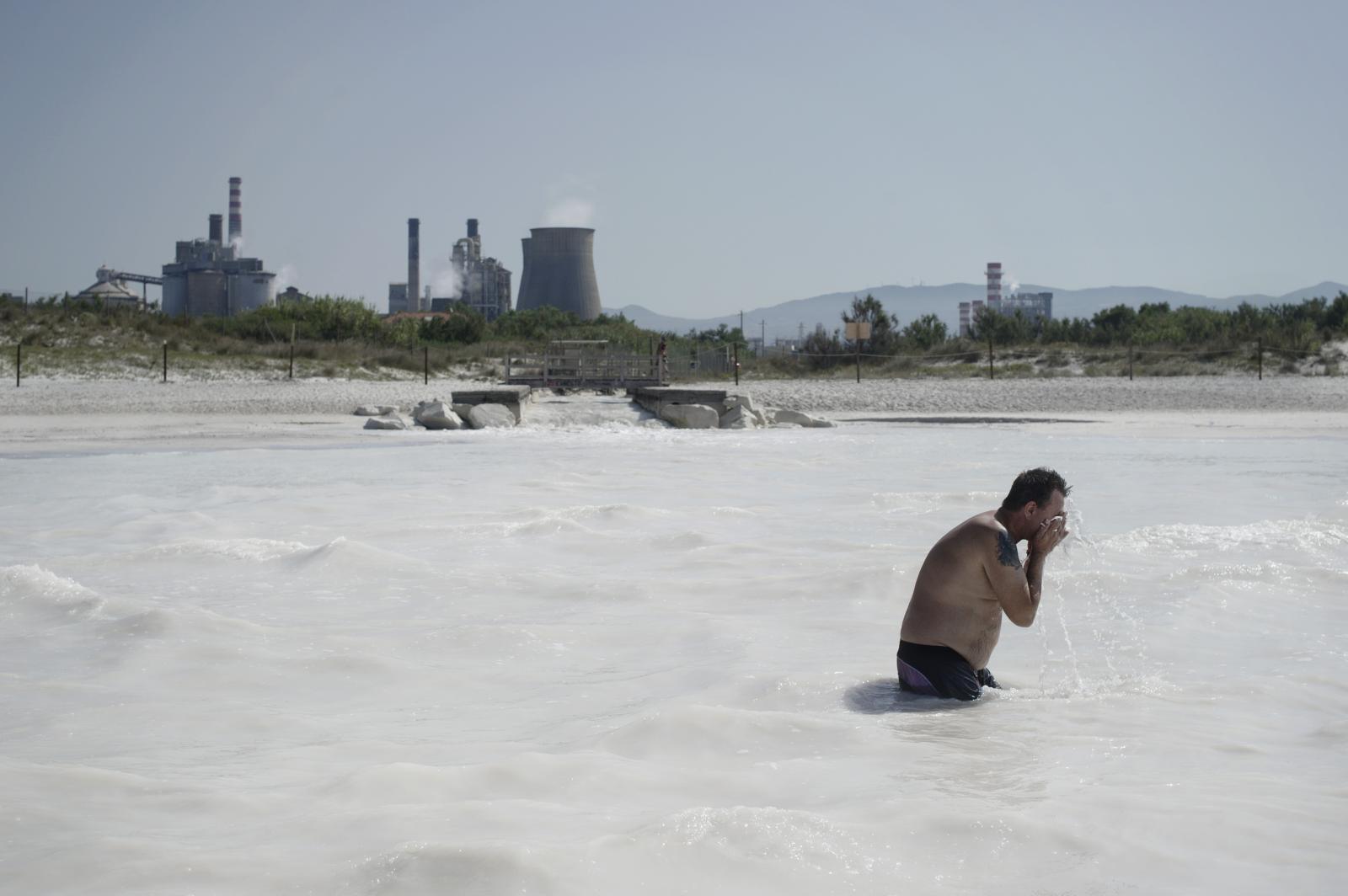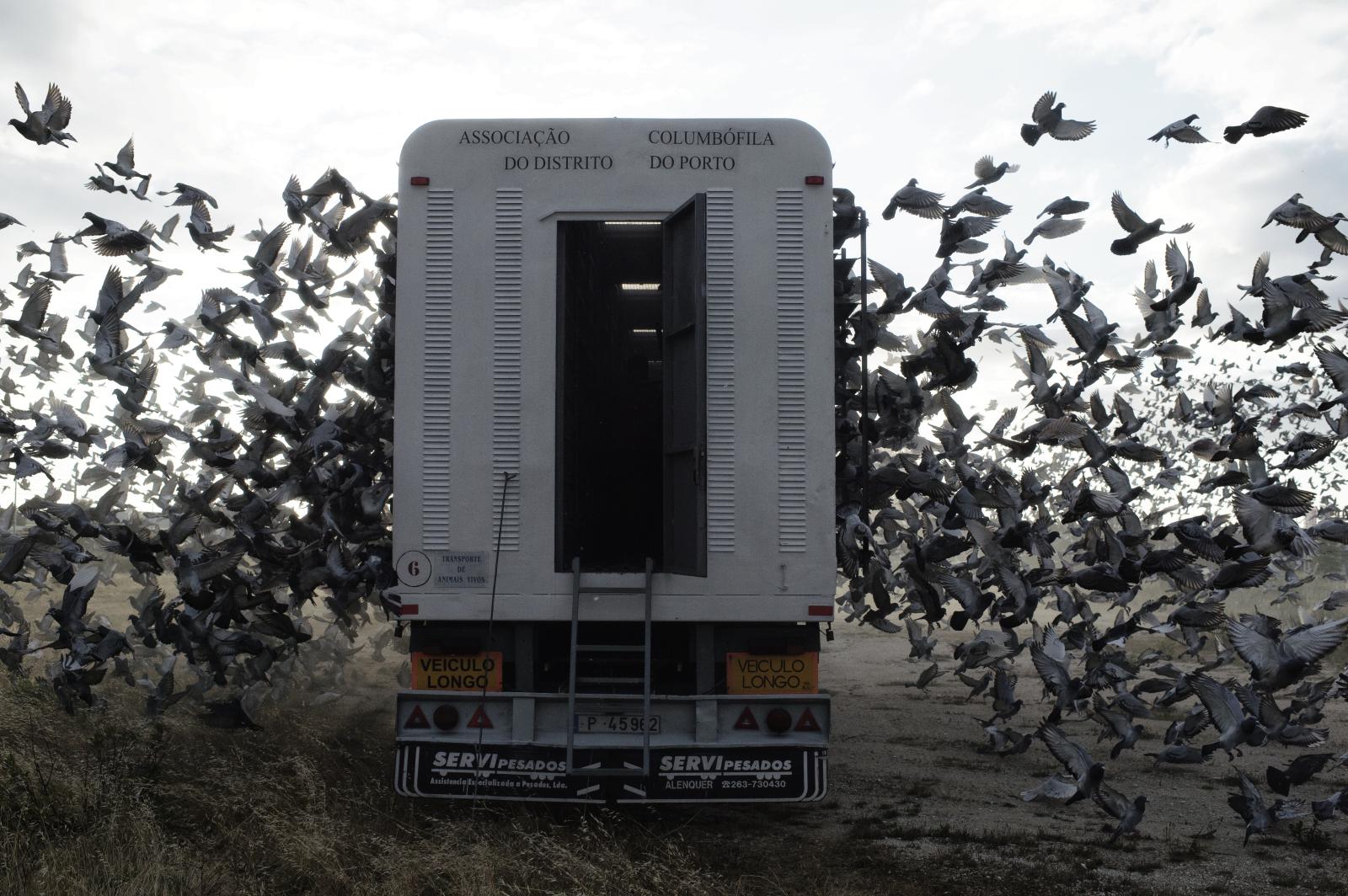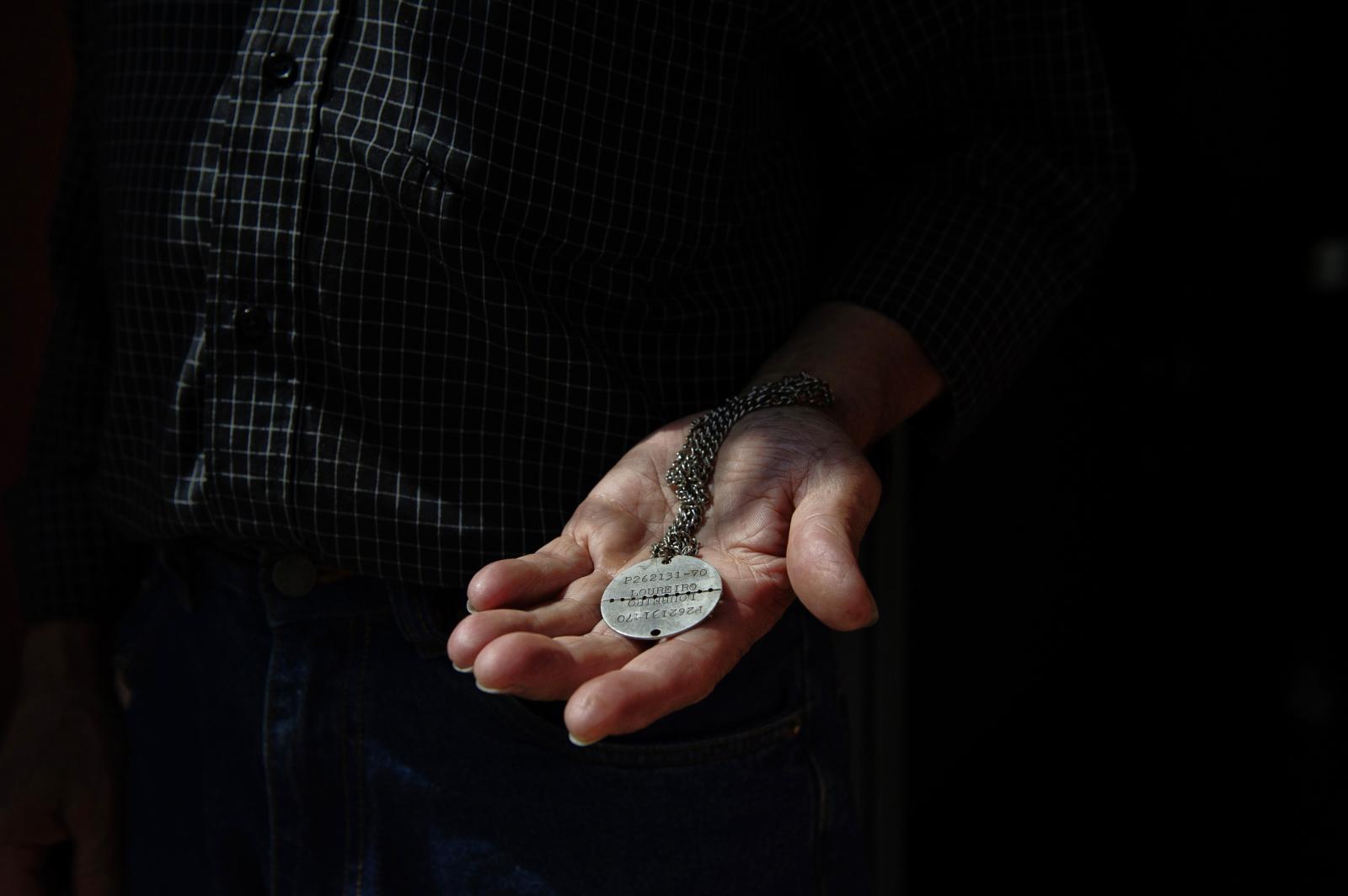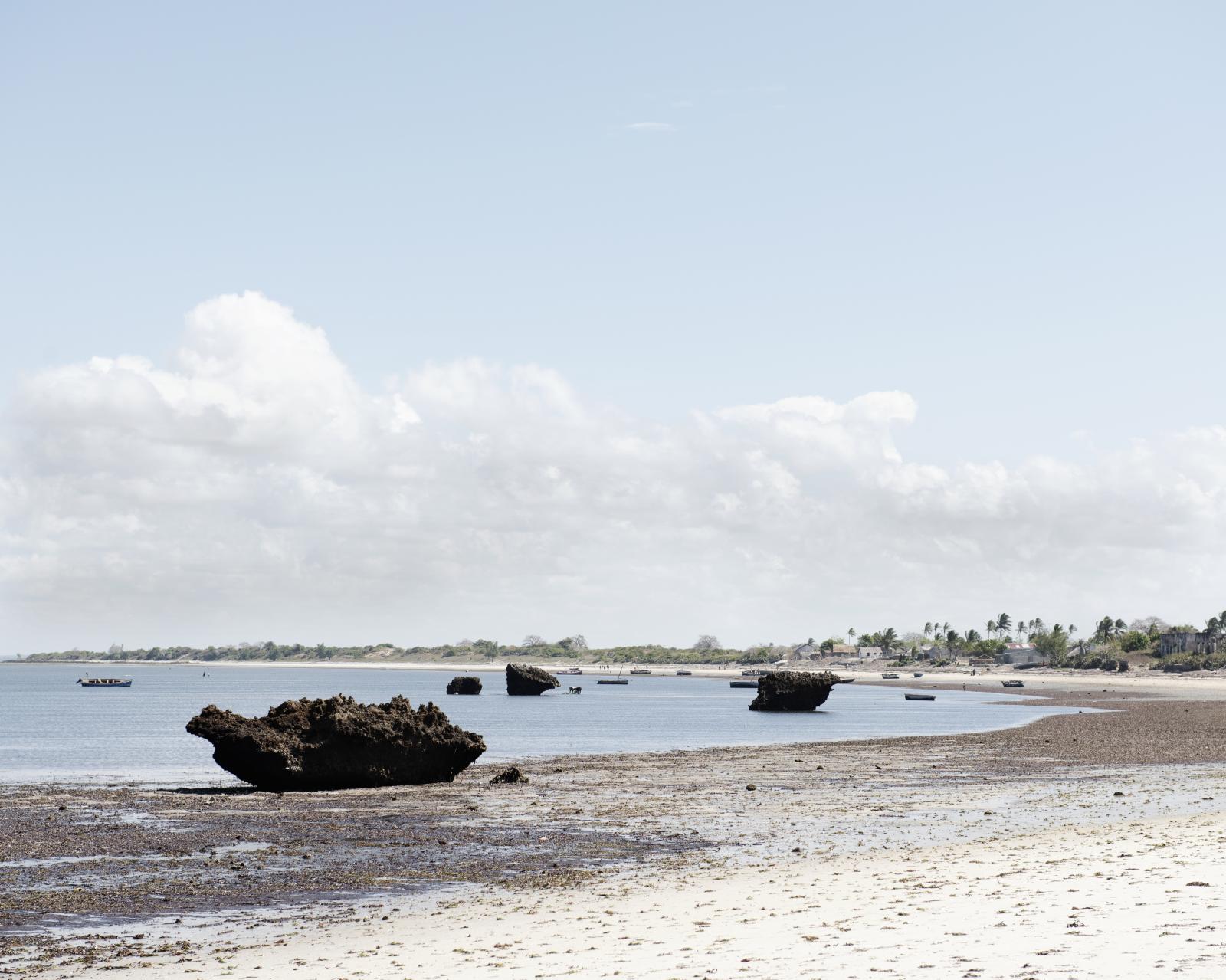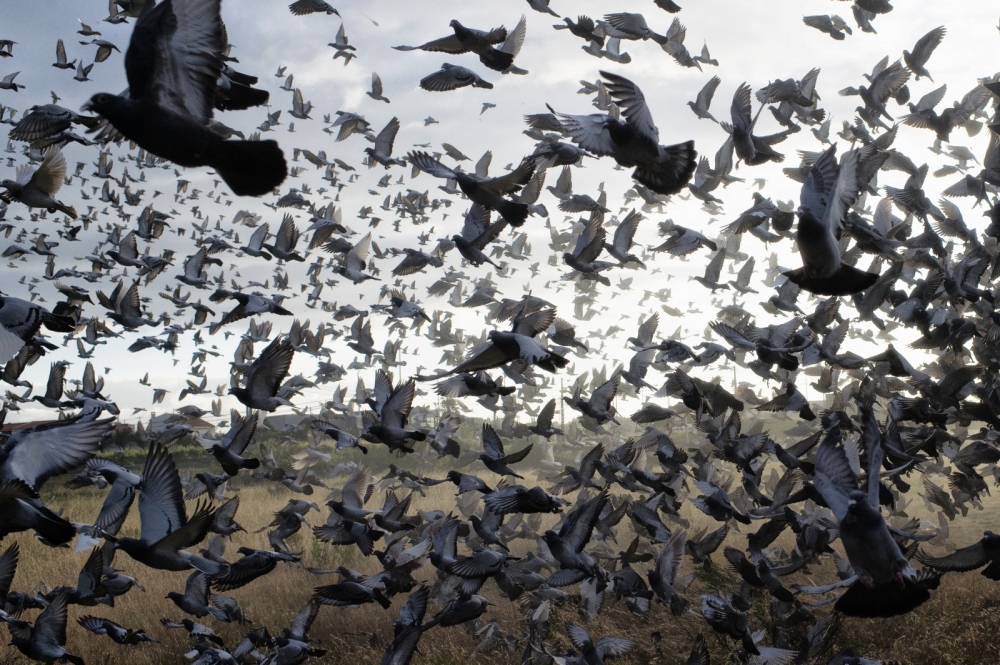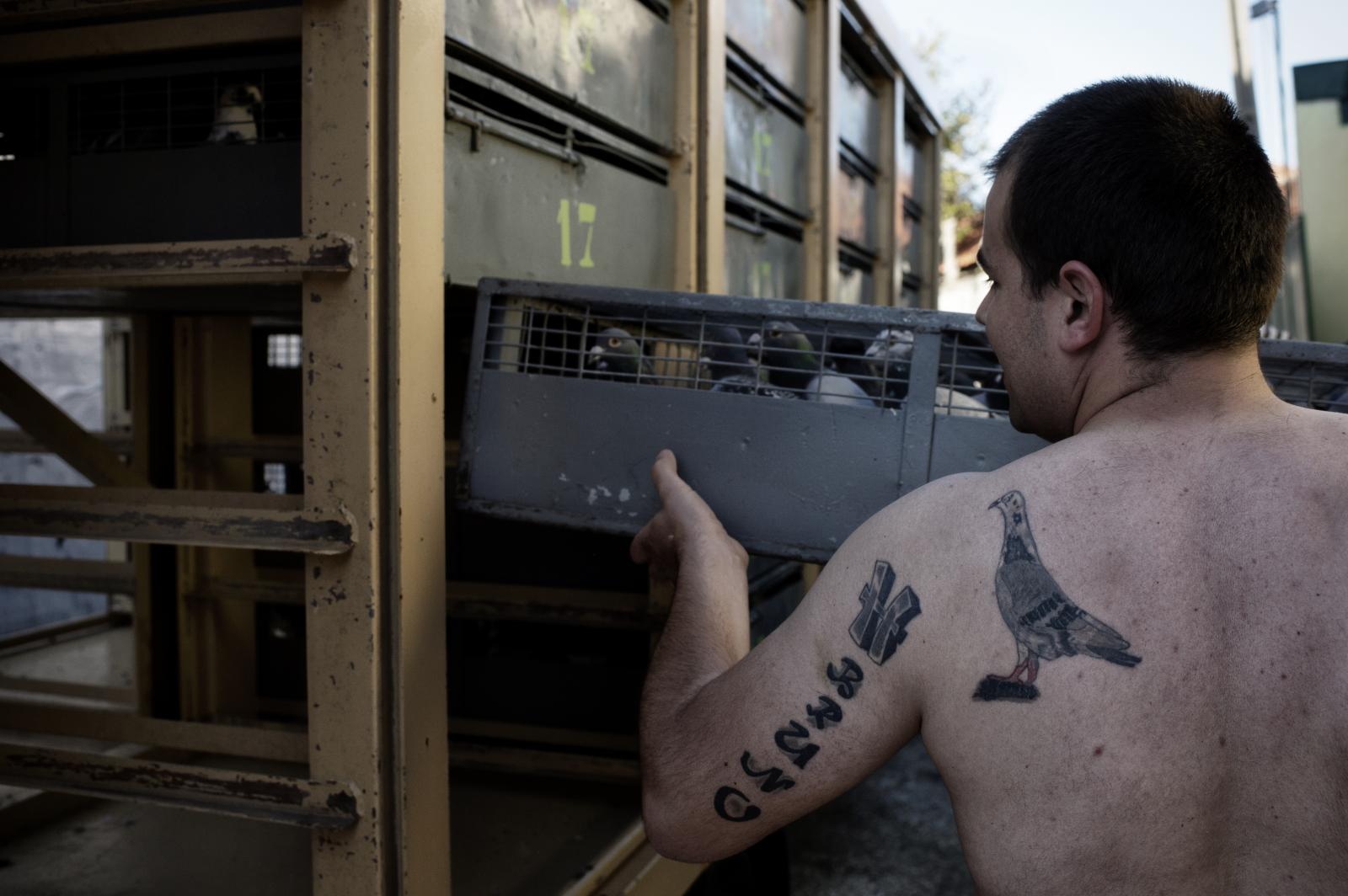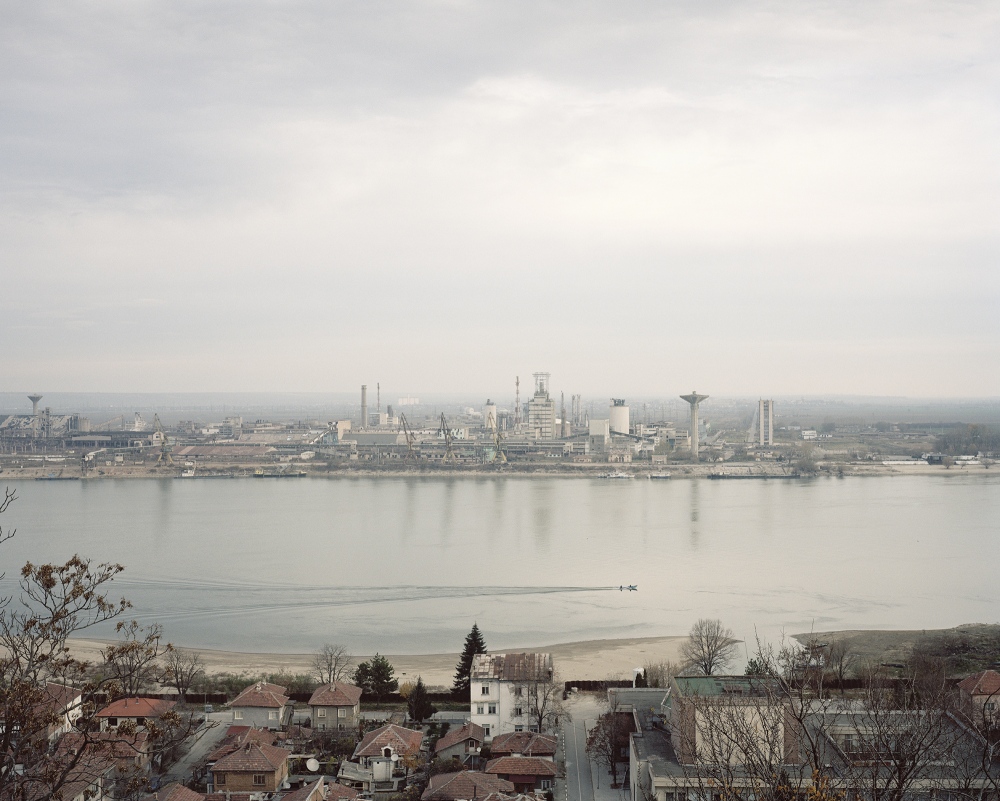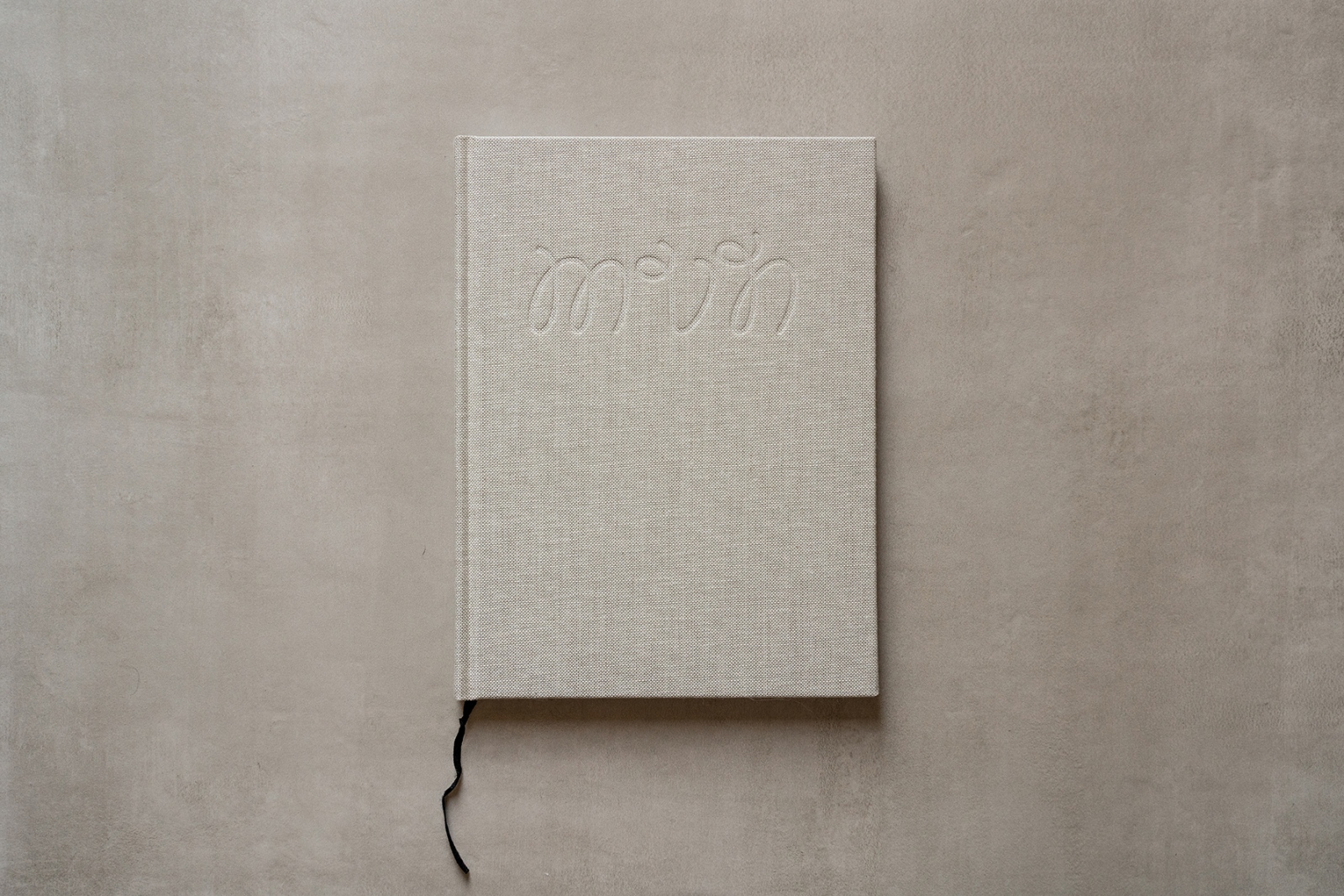No High Resolution File
Story includes:
Purchase License
Editorial License
Rights Managed
Request a special price or selection: Custom request
DomesticBorersofEurope
Story
Includes 88 images
Credit: tommaso rada via Visura
Asset ID: VA33957
Caption: Available
Copyright: © tommaso rada, 2024
Collection: environment feature personal travel
Topics: Agriculture Borders Christianity Community Documentary Editorial environment feature Film Fine Art Peace personal Photography Photojournalism Politics Portraiture Religion travel
Asset ID: VA33957
Caption: Available
Copyright: © tommaso rada, 2024
Collection: environment feature personal travel
Topics: Agriculture Borders Christianity Community Documentary Editorial environment feature Film Fine Art Peace personal Photography Photojournalism Politics Portraiture Religion travel
Also by tommaso rada —

























































































